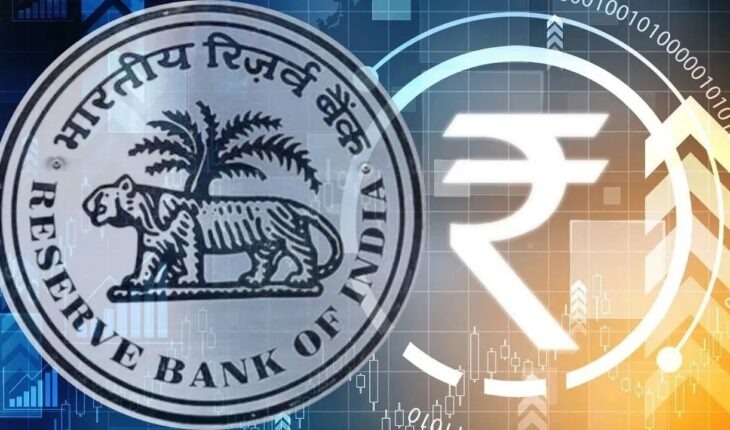The Indian Rupee (INR) opened on August 11, 2025, showing a slight appreciation of 0.18%, trading at 87.5050 per US Dollar compared to the previous close of 87.66. The currency's steady opening reflects cautious optimism in the forex market amid stable liquidity conditions and measured central bank interventions.
Key Highlights of Today’s Market and RBI Updates:
Indian banks reported healthy cash balances totaling ₹9.34 trillion as of August 8, indicating ample liquidity in the banking system to support credit growth and operational requirements.
The Government of India’s cash surplus balance with the Reserve Bank of India (RBI) for auction purposes stood at zero as of August 8, signifying balanced fiscal management without excess idle funds needing short-term investment deployment by the RBI.
On August 8, the RBI provided refinance support amounting to ₹103.40 billion, reinforcing its role in ensuring adequate funding flows to commercial banks, particularly to sustain productive lending and sectoral credit.
Scheduled commercial banks accessed ₹34.52 billion through the Marginal Standing Facility (MSF) on August 8, using this emergency overnight borrowing window to meet end-of-day liquidity needs at a rate above the repo rate.
Understanding the Liquidity and Currency Dynamics:
The Reserve Bank of India’s liquidity measures, including refinance operations and the Marginal Standing Facility borrowing, play a critical role in balancing short-term liquidity fluctuations in the banking system. The sustained cash balances demonstrate healthy liquidity buffers among banks despite phased withdrawal of surplus funds through prior variable rate reverse repo (VRRR) auctions.
The rupee’s marginal gain reflects a combination of sustained domestic liquidity, macroeconomic stability, and cautious foreign exchange market sentiments influenced by global factors. The zero government surplus cash balance with RBI for auctions suggests careful fiscal alignment with monetary policy to avoid excess liquidity or shortages.
Marginal Standing Facility:
The Marginal Standing Facility is a vital liquidity tool allowing banks to borrow overnight funds from the RBI by pledging government securities, typically at a rate 100 basis points above the repo rate. Recent borrowing of ₹34.52 billion via MSF indicates occasional liquidity tightening, which banks bridge through this emergency window without destabilizing interbank markets.
RBI's Refinance Support:
Refinance operations by the RBI infusion of over ₹100 billion on August 8 demonstrate the central bank’s proactive role in supporting the banking system’s liquidity needs, especially during periods of elevated or unexpected cash demand. These measures keep the credit flow smooth to the economy and allow banks to maintain healthy cash positions.
Outlook and Market Implications:
With the Reserve Bank of India maintaining a calibrated approach toward liquidity management, including the recent refinance injections and sustained bank cash balances, the Indian Rupee is expected to remain relatively stable in the near term. The continuation of prudent liquidity support combined with stable government cash balances will contribute to steady credit growth and moderate volatility in currency markets.
Investors and market participants should monitor RBI’s upcoming policy communications and global macroeconomic factors influencing the US Dollar to rupee exchange rate. On the liquidity front, RBI’s active role in managing short-term funding and government cash balances remains pivotal for financial market stability.
Conclusion:
The Indian Rupee’s early gains on August 11, 2025, accompanied by substantial bank cash balances and RBI’s refinance measures, underscore a stable monetary environment supporting the currency and credit conditions. This nuanced balance of liquidity injection and withdrawal positions India’s financial markets for resilient growth despite global uncertainties, reinforcing confidence in the domestic economic framework.
Source: Reuters, Economic Times, RBI official releases
